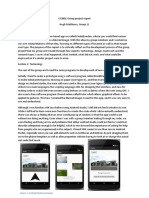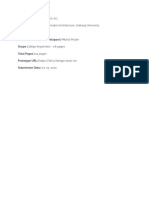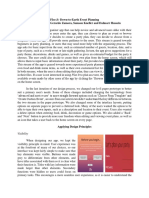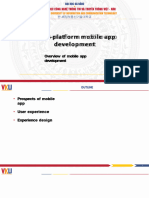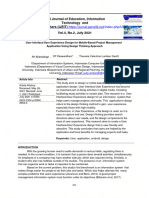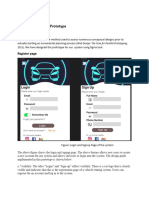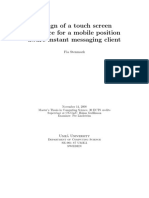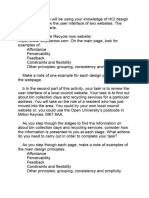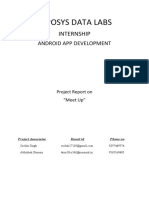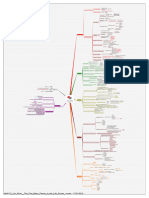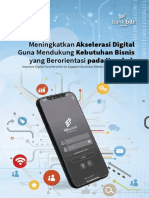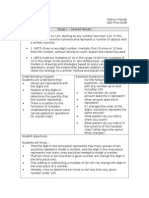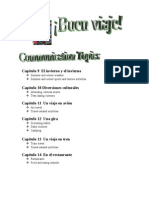0% found this document useful (0 votes)
6 views9 pagesNative App Design and Testing
The document outlines the usability testing of a raffle draw application, detailing its interfaces and functionalities, including the raffle creator, manager, ticket selling, and winner display. It describes the testing methodology involving three test cycles with different users, noting completion times, ease of use ratings, and intervention occurrences for various tasks. The findings indicate usability issues, particularly in the drawing winner task, suggesting that interface redesign is necessary to enhance user experience.
Uploaded by
asifahmed.unicampusCopyright
© © All Rights Reserved
We take content rights seriously. If you suspect this is your content, claim it here.
Available Formats
Download as PDF, TXT or read online on Scribd
0% found this document useful (0 votes)
6 views9 pagesNative App Design and Testing
The document outlines the usability testing of a raffle draw application, detailing its interfaces and functionalities, including the raffle creator, manager, ticket selling, and winner display. It describes the testing methodology involving three test cycles with different users, noting completion times, ease of use ratings, and intervention occurrences for various tasks. The findings indicate usability issues, particularly in the drawing winner task, suggesting that interface redesign is necessary to enhance user experience.
Uploaded by
asifahmed.unicampusCopyright
© © All Rights Reserved
We take content rights seriously. If you suspect this is your content, claim it here.
Available Formats
Download as PDF, TXT or read online on Scribd
/ 9






